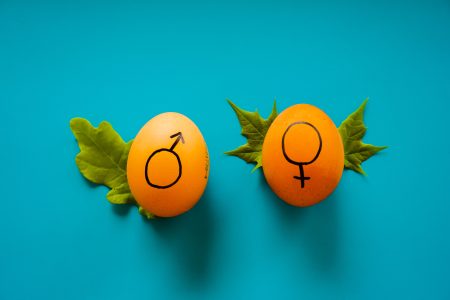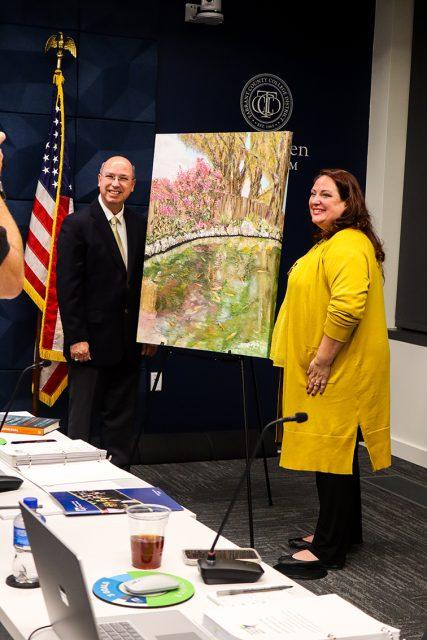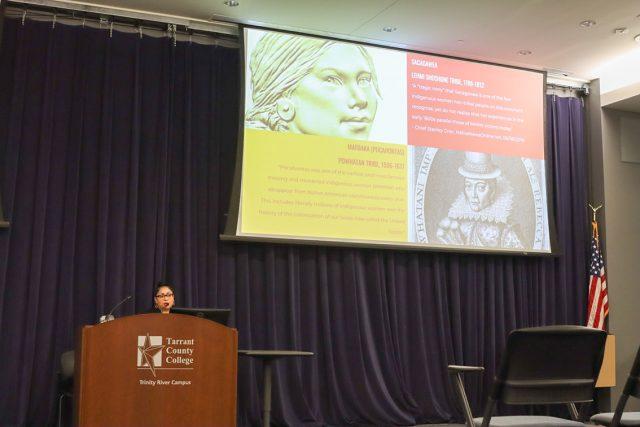
NINA BANKS
campus editor
nina.banks@my.tccd.edu
Though it has a straightforward definition, the concept of femininity has always been complicated. The spectrum has reached far and wide, and society has prided itself on telling us which forms are acceptable or not.
“The Cool Girl” – an archetype that has been an unspoken acknowledgement of how desirable women are meant to act. The trope was popularized in Gillian Flynn’s novel “Gone Girl” by the female antagonist Amy Dunne.
Cool girl is effortlessly beautiful. She wears fashionable clothes, but never shows that she puts effort into her outfits. She likes sports, she laughs at dirty jokes and she doesn’t have girl friends because they are ‘too much drama.’ But for this facade to ultimately work, cool girl must be conventionally attractive.
The late 90s and early 2000s fostered an era of effortless beauty. Wearing pink and heels was too girly, and showed you were vain and cared far too much about your appearance. More ‘masculine’ colors were trendier, and sporting a pair of converse under a dress differentiated you from other girls.
However, with the advent of social media, new niches and aesthetics resurfaced or were created. Today, the coquette aesthetic, derived from the word ‘coquettish,’ is very popular and embraces being girly. The style is flirtatious and feminine as the definition suggests with soft colors, bows and dresses being core parts of the aesthetic.
Femininity comes in different shapes and forms and the coquette aesthetic capitalizes off of the stereotypical aspects of it. Though it is great that this side of womanhood is being embraced again, we must acknowledge society’s dislike towards it in the first place.
Whether that is recognizing the emotional or physical associations we have with gender, femininity is becoming more and more welcomed in different facets of society. The lines between what is strictly for men and women have become more blurred in recent years, with male celebrities such as Kid Cudi and Pete Devidson donning skirts and dresses on the red carpet.
It also has a racial aspect that often deters many from participating in activities that may appear traditionally effeminate, men and women alike. Traditional American femininity is rooted in proximity to whiteness. For women of color, the concept has often contrasted to the stereotypes placed upon them, and thus unattainable to achieve.
Both of my ethnicities’ stereotypes have juxtaposed expectations of womanhood. Black women are often masculinized while East Asian women are frail and docile. Two vastly different expectations have made it difficult to find which standard I should adhere to.
The return of certain makeup looks and fashion trends have shown our stance on what we regard as feminine. The return of no-makeup makeup looks have returned, and it’s labeled as the clean girl look.
Fluffy brows, no foundation, blush and gloss define the style. And though it is a take on the original look, it embraces beauty by enhancing the features and the fun of makeup, rather than a rejection of femininity and a way to have the least amount of makeup on.
Womanhood looks different to everyone. It is important to acknowledge what standards we expect to see for feminine presenting people, and decipher whether those expectations are a barrier to being able to express oneself fully.































